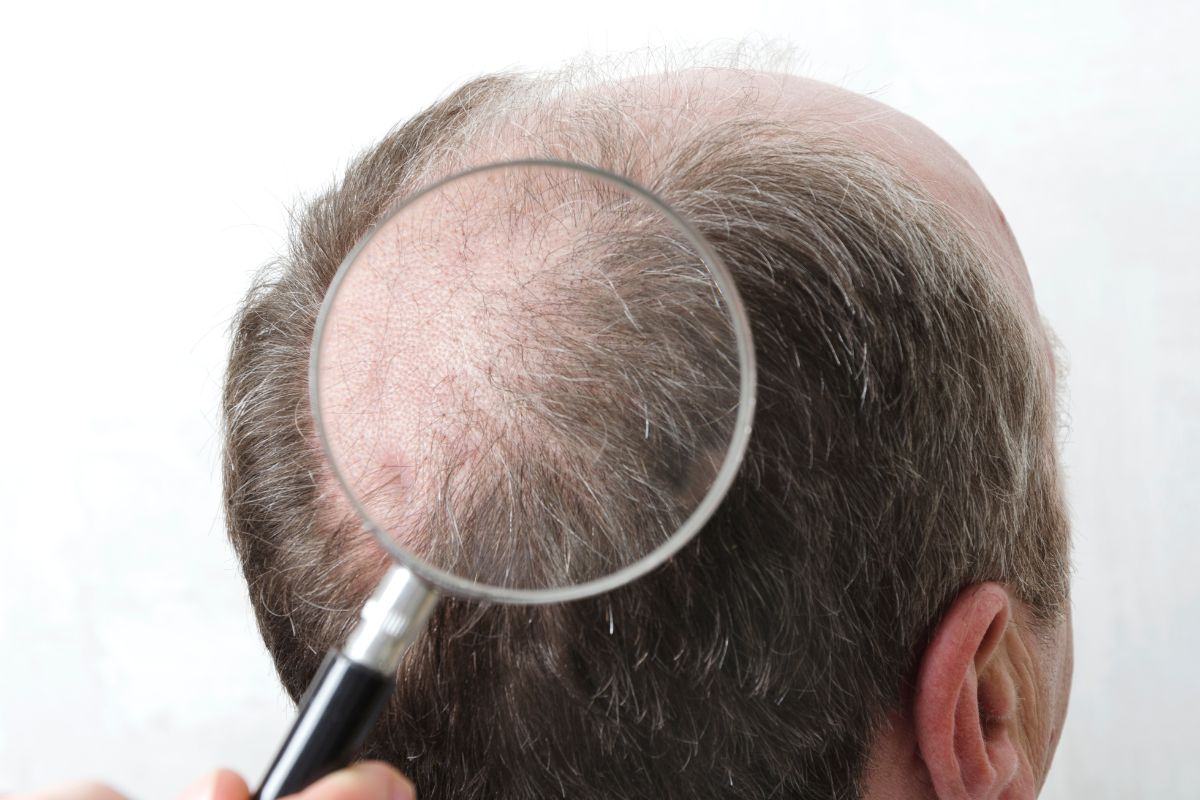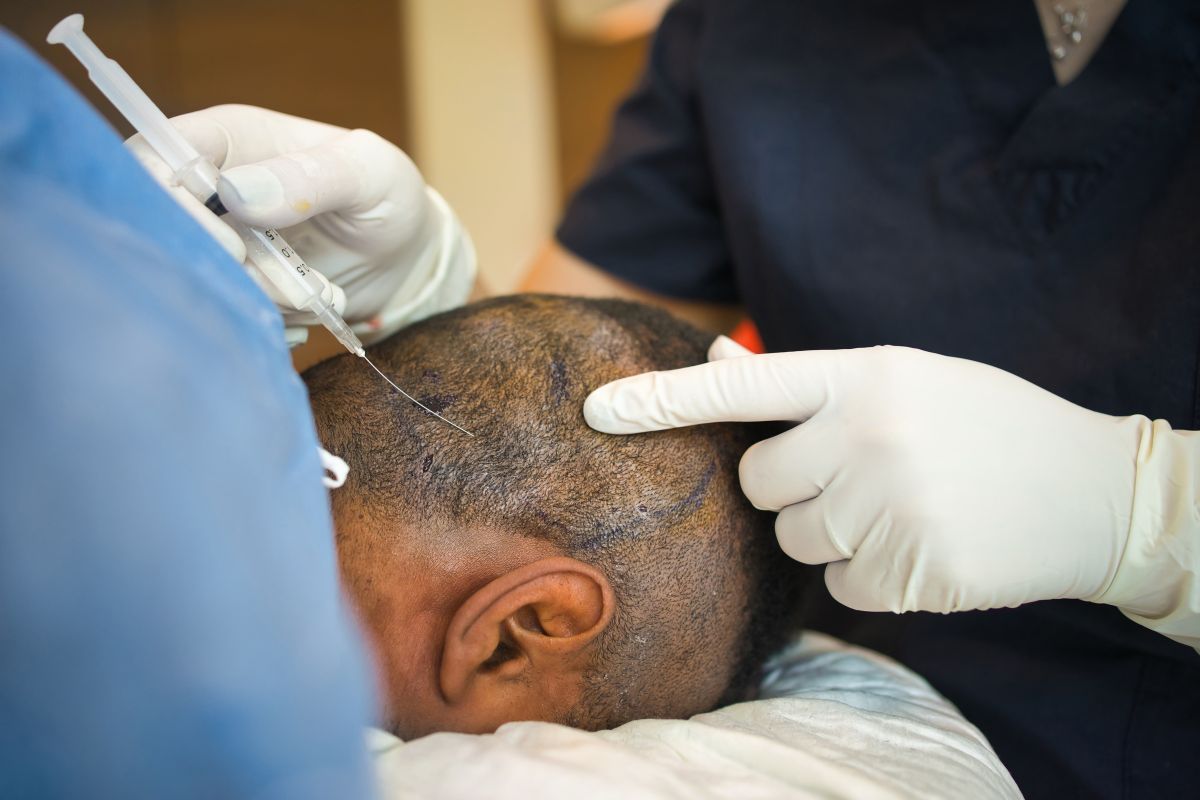In a world where appearances matter, it’s no surprise that people are looking for different ways to address hair problems. And hair transplants have come forward as a favorable choice.
In fact, they have become a game-changer in beauty and self-care, and it’s not hard to understand why. From boosting confidence to restoring hair, people all around the world are embracing this transformation.
So, if you’ve been curious about how this procedure works and changes lives, you’re in the right place. In this blog, we’re taking a deep dive into the world of hair transplants.
Let’s get started!
Table of Contents
Understanding Hair Transplant

Let’s start with the basics. A hair transplant is a procedure that helps you get your lost hair back. It typically involves the removal of healthy hair follicles where hair growth is abundant, like the back or sides of your head. Then these follicles are carefully implanted into the hairline receding areas.
So, if you are dealing with such issues or desire for a more balanced forehead, the hair transplant forehead reduction technique is here to help. It can address both concerns and give you the results you’re looking for. As a result, your forehead becomes a seamless part of your overall face, highlighting your natural beauty.
Exploring Different Types
Now, let’s talk about the different types of hair transplants.
- Direct Hair Implantation (DHI) – It is a modern technique that involves extracting hair follicles individually using a specialized tool called a Choi pen. The extracted follicles are then directly grafted within the desired area without the need for creating incisions beforehand. It’s known for its minimal scarring and quicker recovery time.
- Follicular Unit Extraction (FUE) – In this method, the surgeon uses a micro punch to take out the individual hair follicles from the donor area, like the back of the head, using a micro-punch tool. They are then implanted into the recipient area. It is known for its minimally invasive nature and faster recovery compared to other methods.
- Follicular Unit Transplantation (FUT) – It is often referred to as the “strip method,” which involves surgically removing a strip of scalp from the back of the head. The strip is then dissected into individual follicular units, which are surgically transplanted to the required area. While it can provide a higher graft yield in a single session, scarring can be a concern for some patients.
Each technique has unique advantages, and the choice often depends on different factors.
The Procedure Step-by-Step
Now that you know what transplant is and how it works for different hair problems. Here’s what you need to know about the procedure.
- Anesthesia and Pain Management
First things first – no need to worry about pain or discomfort. That’s because you are given local anesthesia before the procedure begins. It’s like a gentle numbing potion applied to the scalp, ensuring you don’t feel a thing during the process. After all, your comfort is a top priority!
- Donor Hair Extraction
The next step in the procedure is your donor hair extraction. The donor area is selected based on hair density, stability, and suitability for transplantation. And depending on the chosen technique, this step may vary.
- Recipient Area Implantation
With your donor hair ready for its new role, it’s time for the grand transformation! According to your selected transplant technique, the gathered hair follicles are placed in the spots that need extra boost. The skilled hands of the surgeon delicately make tiny incisions, and each strand is placed with utmost precision.
Recovery and Aftercare
After you’ve taken a big step toward hair rejuvenation, taking care of the transplanted area for the best possible results is essential. So how can you do that?
- Immediate Post-Procedure Care
As you step out of the clinic, your freshly transplanted area requires gentle handling. So, the first thing to do is avoid undue friction or pressure on the treated area.
At this stage, it is vital to follow the instructions from your healthcare provider. This might involve avoiding washing your hair and ensuring no scratching or rubbing of the area.
- Healing Process
You may notice different symptoms throughout the healing process. Initially, you might witness some redness and tiny scabs forming around the transplant sites. Don’t worry, though – these are signs that your scalp is healing.
Over the next couple of weeks, these scabs will naturally fall off, revealing the incredible groundwork laid for your new hair. Remember, patience is the key during this phase, as the true beauty of your transplanted hair will gradually emerge.
- Long-Term Maintenance
Your newly transplanted hair deserves some devoted care for a long time. So, regular check-ins with your surgeon are key.
During these follow-ups, they can offer guidance tailored to your unique needs. As time moves forward, the love and care you provide will ensure your transplanted hair grows.
Final Words
Whether you’re considering a hair transplant or simply curious about the process, remember that the hair revival journey goes beyond the physical. It’s about boosting your self-esteem and unlocking the potential that lies within you. So, embrace the journey, and remember – the secret to unlocking your best self lies within you.

















Your blog is a treasure trove of insightful content! Thank you for the inspiration!
